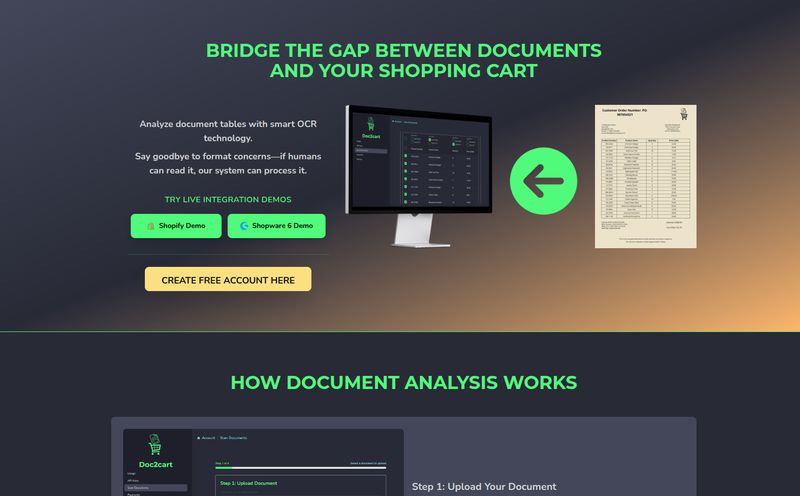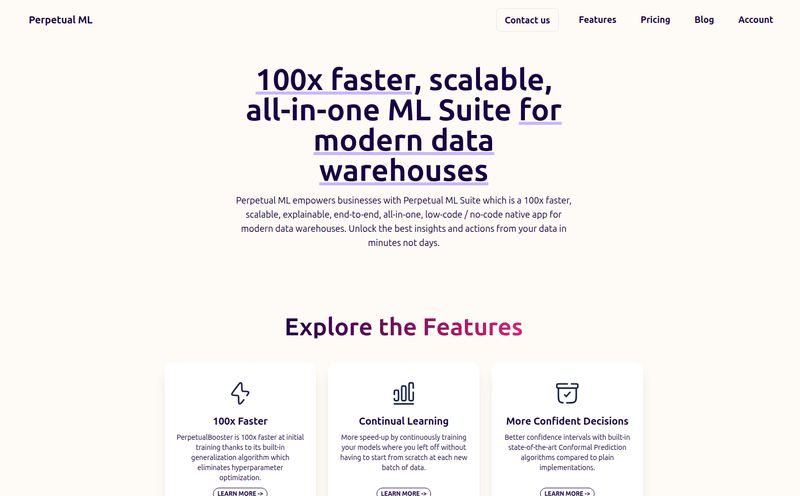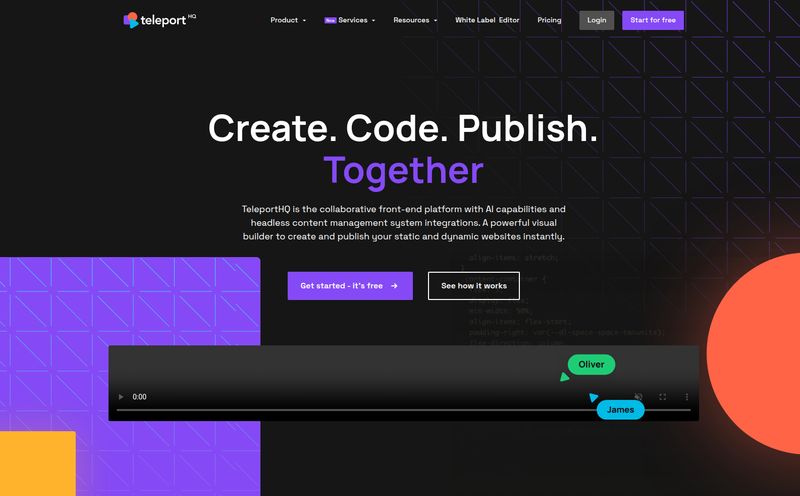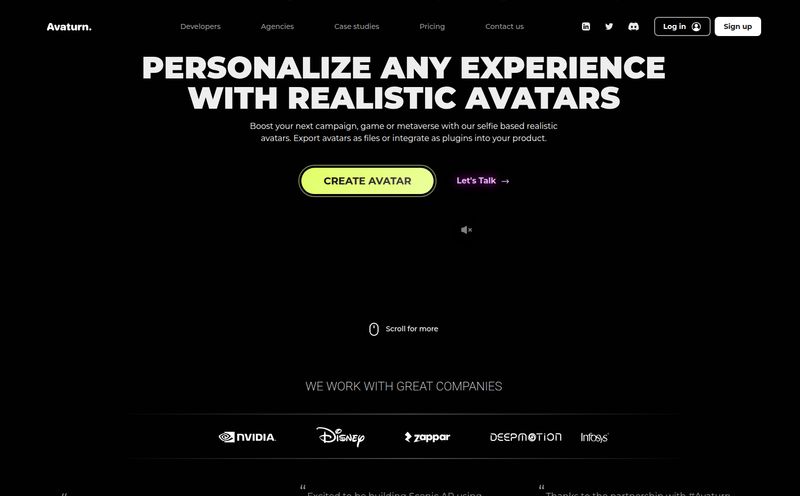Let’s have a little chat about something that gives most developers a low-grade, persistent headache: internationalization. Or, as the cool kids call it, `i18n`. You build a beautiful React app, it’s working great, and then the request comes in: “Can we launch this in Germany? And Japan? And maybe Brazil?”
Suddenly, your clean codebase is littered with JSON files, translation keys, and spreadsheets being passed back and forth between you and a team of translators. It’s slow. It’s expensive. And every time you change a single line of text, the whole fragile process threatens to collapse. I’ve been there, and honestly, it’s a huge drag on momentum.
So when I stumbled upon a tool called Magic Translate, my professional curiosity was definitely piqued. The pitch is simple and bold: translate your React apps into 75 languages instantly with AI. No more key management, no more waiting weeks for translations. Sounds a bit like… well, magic. But as someone who’s seen a lot of tools promise the world, I had to see for myself if it holds up.
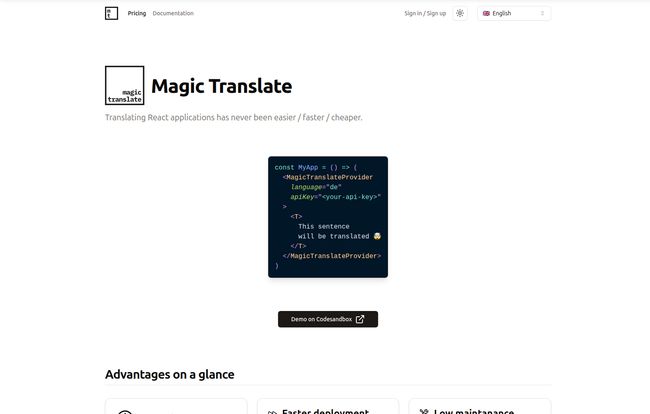
Visit Magic Translate
So What Is This Magic Translate Thing Anyway?
At its core, Magic Translate is a specialized tool that plugs directly into your React application. Think of it less like Google Translate and more like a dedicated localization assistant that lives right in your code. Using a simple React component—the `
The idea is to take that entire messy, manual process of exporting text, sending it out, getting it back, and managing keys, and just… automate it. It's built for developers who would rather be writing code than managing localization workflows. A noble cause, if you ask me.
The Good Stuff That Got My Attention
Okay, let's get into the meat of it. There are a few things about this platform that genuinely impress me from both a developer and a business perspective.
The Price and Speed Combo is a Game Changer
Traditionally, translating an application is a massive budget item. You’re paying per word, and you're paying for project management. It can easily run into thousands of dollars for a moderately sized app across several languages. Magic Translate completely upends this model. For what you might pay a translator for a couple of pages of content, you can get a month's subscription here. That’s a powerful proposition for startups and indie makers trying to test international markets without betting the farm.
And then there's the speed. Deployment is immediate. You’re not waiting on anyone. This is huge for agile teams. You can push new features and have them translated instantly, not in two weeks. That alone is worth its weight in gold.
Maintenance So Low It's Almost Zero
This is my favorite part. The single biggest pain of `i18n` is managing translation keys. You change `”Welcome to our app!”` to `”Welcome to the app!”` and suddenly `t(‘app_welcome_message’)` is outdated. You have to update your source file, notify the translators, and wait for the update. It’s tedious.
Magic Translate claims to handle this automatically. Because it’s translating the actual text within your components, you don't need to manually manage keys. Refactoring your code or tweaking your UI copy doesn’t break your translations. It’s like a little Roomba for your internationalization workflow, tidying up without you even noticing. That's smart.
Let's Be Real: The Potential Gotchas
No tool is perfect, and it would be dishonest to pretend this one is. I'm an optimist, but I’m a realistic one. There are a few things to keep in mind.
The Nuances of AI Translation
Here’s the elephant in the room: AI is not a human. While services like DeepL have made incredible strides, AI can still miss cultural context, humor, and brand-specific tone. For a simple “Submit” button, it's perfect. For your killer marketing tagline? Mmm, maybe not.
My personal take is that you shouldn’t treat Magic Translate as a full replacement for human translators, but as a powerful accelerator. Use it to get 90% of the way there, instantly, and then hire a native speaker to review and polish the most critical customer-facing copy. It’s still a massive win in terms of time and cost.
A Few Minor Considerations
The docs mention the cookie consent banner is handled by CookieYes, a third party. Not a big deal at all, but something to be aware of—you’re adding another small piece to your tech stack. Also, the free tier is quite limited at 5,000 characters. It's great for a test run or a tiny hobby project, but you'll hit that limit fast on a real application.
Breaking Down the Magic Translate Pricing
The pricing structure is pretty straightforward, which I appreciate. No confusing credits or weird billing cycles. It scales with your needs.
| Plan | Price | Characters/Month | Best For |
|---|---|---|---|
| Free | $0 / month | 5,000 | Hobbyists and testing the waters. |
| Startup | $49 / month | 100,000 | Small companies & personal projects. The sweet spot, in my opinion. |
| Scale | $299 / month | 1,000,000 | Mid-to-large companies with significant global traffic. |
| Enterprise | Custom | Custom | High-volume applications with specific needs. |
For most small to medium-sized businesses, that Startup plan looks like the perfect entry point. It’s a really reasonable investment for unlocking a global audience.
Getting Your Hands Dirty: The Setup Process
I love a tool that respects a developer's time, and the onboarding here seems to hit the mark. It’s a simple three-step process:
- Create an Account: Standard stuff. Sign up on their site.
- Get Your API Key: Once you're in, you'll be given a unique key that identifies your app.
- Integrate the Client: This is the fun part. You import their package and wrap your main React app component with the `MagicTranslateProvider`, passing in your API key. Done.
That’s it. For anyone who has ever configured a complex `i18n-next` setup, this will feel like a breath of fresh air. It’s designed to just work.
So, Who Is This Tool Really For?
After digging in, a clear picture emerges. Magic Translate is a fantastic fit for a few key groups:
- Indie Hackers & Startups: If you're a small team with big ambitions, this is your ticket to competing on a global scale without a global budget.
- Agile Development Teams: For companies that want to move fast and not let localization cycles slow down their feature releases.
- MVPs and Market Testing: It’s a low-risk way to translate a Minimum Viable Product and see if it gets traction in a new country before making a larger investment.
Who is it not for? Probably enterprise applications that deal with sensitive legal or medical information where 100% certified human translation is a legal requirement. Or for high-end, poetic brand marketing where every single word choice is scrutinized for weeks. Use the right tool for the job, you know?
Final Thoughts on the Magic
So, is Magic Translate truly magic? In a way, yes. It magically removes one of the most annoying, time-consuming, and expensive parts of modern web development. It’s a clever, focused solution to a very real problem.
It's not a silver bullet that eliminates the need for human oversight entirely, and anyone who tells you otherwise is selling something. But it is an incredibly powerful force multiplier. It allows you to do more, faster, and for less money. For me, that’s a tool worth paying attention to. It’s a perfect example of how AI can be practically applied to make developers' lives easier, and I'm all for that.
Frequently Asked Questions
- How accurate are the AI translations in Magic Translate?
- The accuracy is generally very high for common phrases and direct translations, comparable to leading services like Google Translate or DeepL. However, for nuanced, idiomatic, or brand-specific language, it's always best practice to have a native speaker review the final output to ensure it meets quality standards.
- Can I manually edit or override a translation I don't like?
- While the platform is designed for automation, most modern i18n workflows allow for overrides. You would typically implement a system where you can provide your own key-value pair for specific text that would take precedence over the AI's suggestion. You'd need to check their latest documentation for the exact implementation.
- Does Magic Translate work with React frameworks like Next.js?
- Yes, absolutely. Since it's a React-based tool that uses a Provider component, it integrates perfectly into the React ecosystem. It should work seamlessly with frameworks like Next.js, Gatsby, or Create React App.
- What happens if I go over my monthly character limit?
- Typically with services like this, you will either be prompted to upgrade your plan, or the translation service will be temporarily disabled until the next billing cycle begins. For critical applications, it's wise to choose a plan with a comfortable buffer to avoid service interruptions.
- Is this approach SEO-friendly for multilingual sites?
- This is a great question. For the best multilingual SEO, you need to ensure that search engines can crawl and index static, translated versions of your pages with proper `hreflang` tags. You'd need to ensure Magic Translate works with your Server-Side Rendering (SSR) or Static Site Generation (SSG) setup to pre-render the translated content, rather than relying solely on client-side translation. Many modern tools are designed with this in mind.
